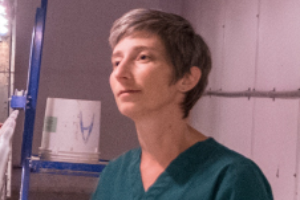Animal Science undergraduate organization empowers students through research
The Animal Science Undergraduate Research Student Association (ASURSA) offers students a unique opportunity to engage in research projects while developing vital skills for future endeavors
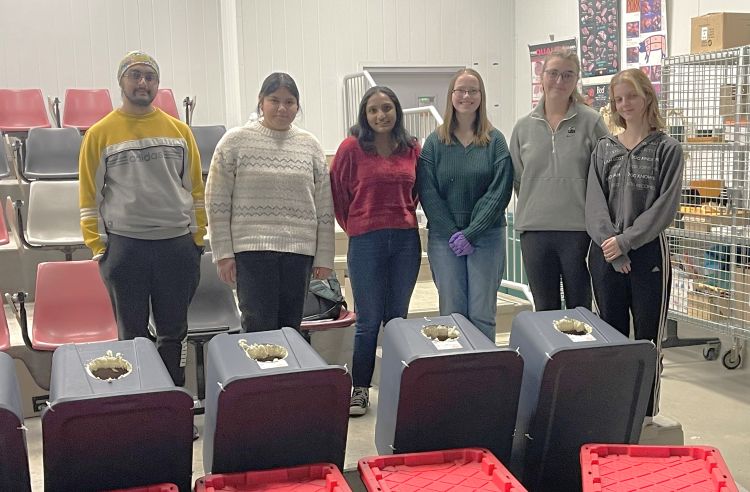
For many students at Michigan State University (MSU), stepping into the world of research can feel overwhelming — especially for those with little prior experience. However, for students involved in the Animal Science Undergraduate Research Student Association (ASURSA), the uncertainty soon leads to a rewarding path of academic and personal growth.
For current ASURSA Vice President Charlotte Ludorf, who was initially uncertain about her academic trajectory, the organization fostered a newfound passion for research and clarity about her path forward.
“I joined ASURSA because I wanted research experience, but what I didn’t expect was how much it would change my outlook on my future,” said Ludorf. “At first, I thought I would go to vet school, but now, I’m planning on graduate school for animal science research instead. This club opened my eyes to how exciting research can be.”
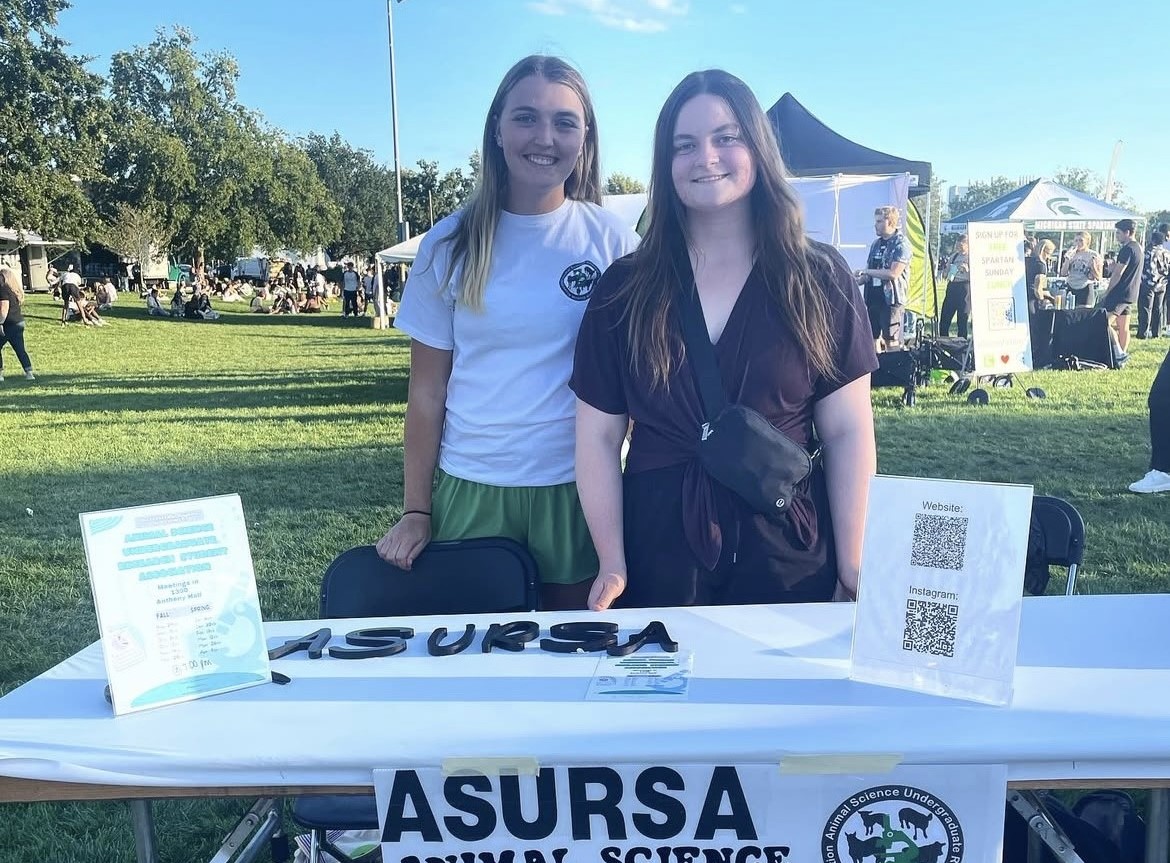
Founded to connect students with faculty for undergraduate research, ASURSA offers the opportunity to engage in group projects or collaborate directly with faculty on independent studies. Through these experiences, students gain invaluable skills in planning, funding, data analysis, research presentation and publication — all while fostering a sense of community among peers.
Jason Knott, Ph.D., a professor in the Department of Animal Science and a faculty advisor for the club, believes the opportunity for students to immerse themselves in ongoing research and contribute to the advancement of animal science is invaluable.
“This club and experience are incredibly beneficial for the students. They get to see how ongoing work benefits agriculture, animals and people,” said Knott. “Research can have significant, far-reaching impact and they get to be directly involved in that. These students grow and learn while doing work that helps others and the world around them.”
Research with a Real-World Impact
Each academic year, ASURSA selects a group research project tailored to collective interests. This spring, the group is working with Jacquelyn Jacobs, Ph.D., an assistant professor in the Department of Animal Science, on a welfare project focused on the feral cat community in Ingham County.
This project, which aims to understand the shelter needs of feral cats throughout Michigan’s varying seasons, utilizes tools and methods such as trail cameras and temperature monitoring to evaluate the effectiveness and  comfort of different shelter designs.
comfort of different shelter designs.
The team has already begun collecting preliminary data and eagerly awaits the results to determine which shelter designs feral cats prefer most. This project not only offers an opportunity to engage in animal behavior and welfare research but also provides a tangible way for students to contribute to their local community.
“I think it’s unique because most animal science research on campus focuses on farm animals, but this is all about companion animal welfare,” said Ludorf. “It feels like we’re contributing to something that’s often overlooked.”
Jacobs, who works closely with the team, shared her perspective on the value of active student engagement in these research projects.
“I absolutely love this club. It’s a unique experience for me to work with so many passionate students interested in research,” said Jacobs. “Every research project offers them new tools and skills, whether it's data collection, analysis or interpretation. I’m excited to work with them on analysis and presentations, because they get to take ownership of the project and see how their work impacts the community.”
“I’m excited about the results because I can apply them back home” said member Alejandra Padilla-Miguel. “There’s a large community of cats in my hometown, and being a part of this project allows me to collect valuable data that I can use to make a meaningful difference back in Detroit.”
Gaining Skills, Building Connections
Another key element that draws students to ASURSA is the sense of community. For many, the friendships and connections made within the club go beyond research and create a lasting network of like-minded peers. This connection, along with the opportunity to explore different avenues in animal science, contributes to a rewarding experience for many members.
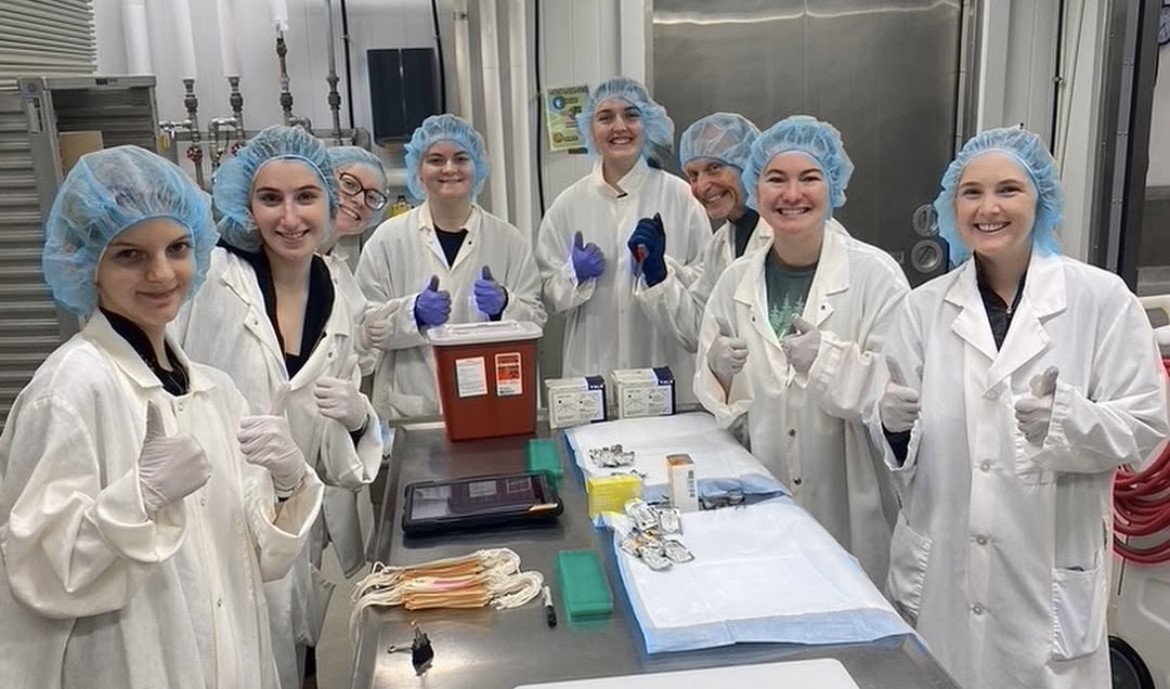
“For me, it’s been about gaining more experience and seeing the many career opportunities in animal science,” Research Co-Chair Kelsey Sprague explained. “It’s not just about being a veterinarian and ASURSA has helped me open my eyes to that. It’s also a great way to meet people with the same interests. I’ve made a lot of great friends through the club.”
Each spring, the club hosts the Animal Science Undergraduate Research Forum (ASURF). The event offers a platform for students to present their research to academic and industry experts. Many club members consider ASURF a highlight of their time with ASURSA, particularly for the ability to share their research experiences with peers and faculty.
“ASURF is a lot of fun. Getting to see all these students present while learning about the research happening in the department becomes a full circle moment,” said Ludorf. “I look forward to taking what we learned from last year's event and applying it as we plan for this year.”
Miriam Weber Nielsen, Ph.D., an associate professor in the Department of Animal Science and another faculty advisor, emphasizes the importance of collaboration for student development. 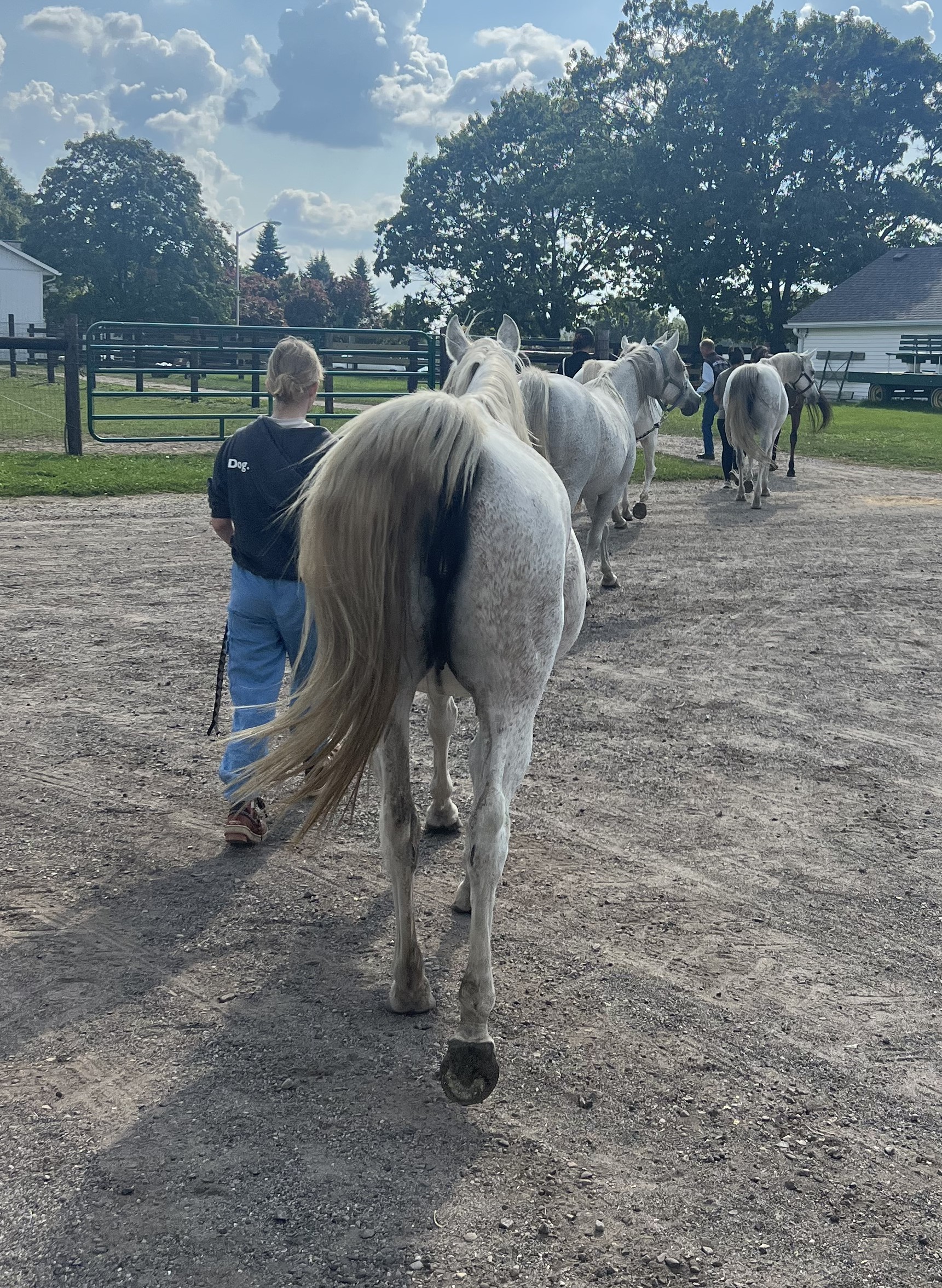
“The club is set up to let students learn from each other. We’re blessed to have talented, hardworking students, many of whom rise up and take on leadership roles in the club,” said Nielsen. “We have a lot of first-year students joining to gain research experience and learn from senior members. They’re watching, learning and growing together as a team.”
From Knott’s perspective, ASURSA’s ability to allow students to explore different aspects of animal science helps prepare them for diverse career paths. Whether considering veterinary school, graduate research or other fields within animal science, the skills and connections made through ASURSA open doors to future opportunities.
“Regardless of what path ASURSA members take after graduation, this experience gives them an edge,” said Knott. “Through their time in the organization, they develop transferable skills, like communication and public speaking. They’re building confidence in their abilities and interests. They’re preparing themselves for success in the future, no matter where they end up.”



 Print
Print Email
Email
